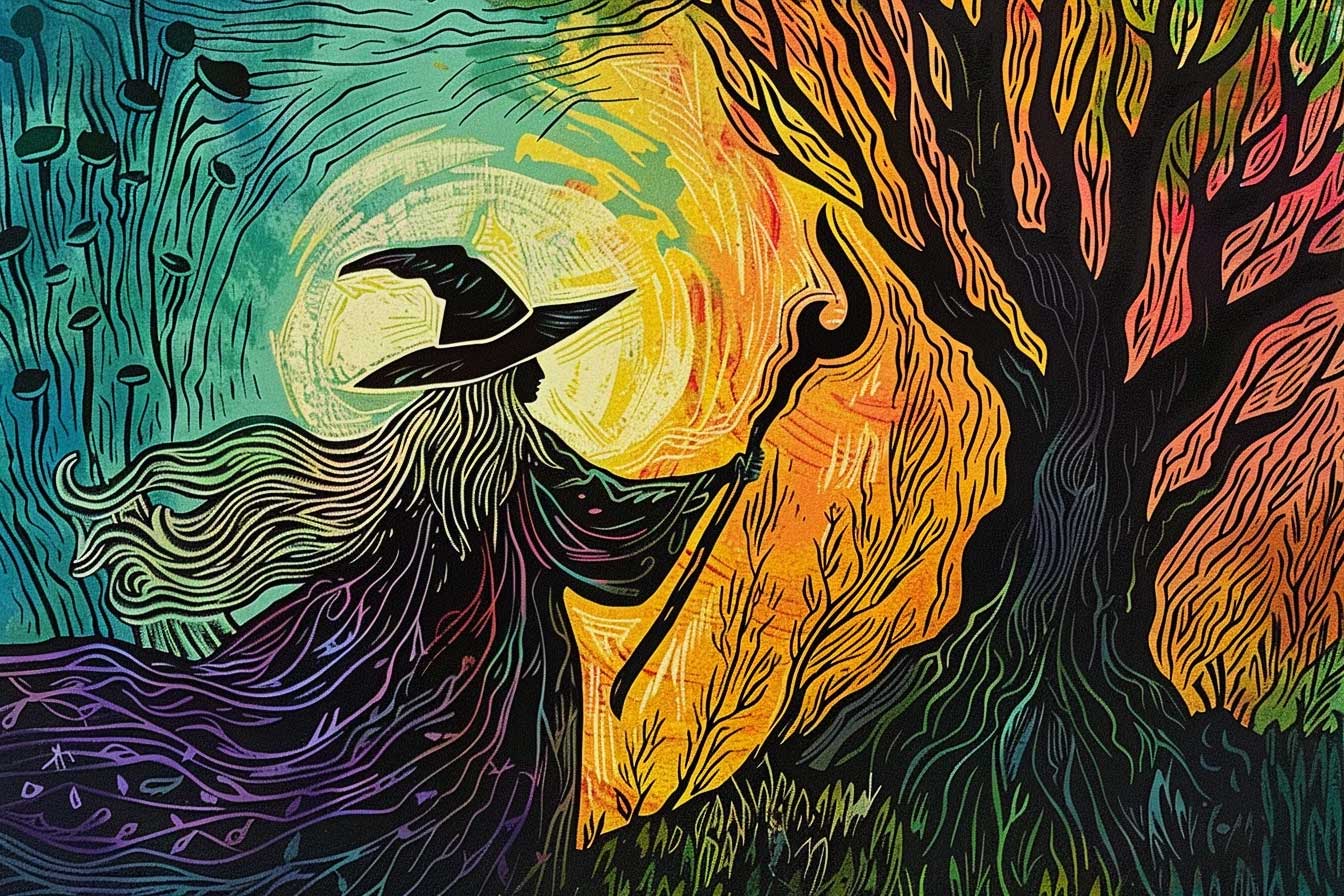Exploring Beltane: May Day Lore for Wiccans and Witches
Beltane, celebrated on May 1st, is a profound sabbat that holds a rich tapestry of history, tradition, and mystique for Wiccans, Pagans, and witches around the world. It marks the midpoint between the Spring Equinox and the Summer Solstice — a time of burgeoning life, fertility, and growth. For those who practice nature-based spirituality, Beltane is an emblem of the earth's awakening, a time to revel in new beginnings and the blossoming of the natural world.
In this deep-dive blog post, we'll peel back the layers of Beltane, from its ancient roots to its modern-day significance, and illuminate how this festival intertwines with the spiritual fabric of those who follow the Wiccan and witchcraft paths. Whether you're seeking to enrich your understanding or planning your annual Beltane celebration, this post is crafted to deliver value, ignite curiosity, and bolster your SEO presence.
Historical Origins of Beltane
Beltane's history is as colorful as the flowers that bloom during this season. The festival's historical origins date back to the ancient Celts, who celebrated it as the beginning of the pastoral summer season when the herds were driven out to the summer pastures. It is believed that the name 'Beltane' originates from the Celtic god 'Bel' meaning 'the bright one' and the Gaelic word 'teine' meaning fire.
Ancient Celts would light bonfires to honor the sun and for their purported protective and purifying properties. Cattle were driven between two bonfires to protect them from disease before they were taken to their summer grazing areas. The use of fire in Beltane celebrations symbolizes the sun's warmth returning to the land and fertility for crops and animals.
The festival also had a strong focus on community, with people from all over meeting at sacred sites to participate in feasts, games, and coupling rituals. It was a time of unity and reconnection — both with each other and with the land.
Traditional Beliefs and Practices
Beltane traditions are deeply rooted in nature and fertility, with a particular emphasis on the union of the May Queen and the Green Man. This symbolic marriage represents the earth's readiness to be impregnated by the sun, resulting in a bountiful harvest. Fire and flowers play central roles in the ceremonial aspects of Beltane, igniting passion and life force.
Maypoles are another iconic feature of Beltane. These tall, wooden poles are adorned with colorful ribbons, and participants dance around them to celebrate the interplay of the masculine and feminine energies, symbolizing the fertility of the earth.
The making of flower crowns and the collecting of dew at sunrise on May Day are also traditional activities. Dew from the morning of Beltane is believed to hold special properties that bring an extra blessing to those who use it in their rituals and adornments.
Rituals often include honoring the elements, meditating on personal growth and desires, and making offerings to deities associated with love and fertility. Beltane encourages practitioners to connect with their sensuality and renew the bonds of love and friendship.
Modern Interpretations and Celebrations
In contemporary times, Beltane is celebrated in a variety of ways, often blending ancient practices with modern creativity. Wiccans and witches might perform solitary or group rituals, attend public Beltane events, or create their own unique traditions that resonate with the essence of the festival.
Community gatherings and coven celebrations often feature the lighting of a sacred fire, Maypole dancing, feasting on seasonal foods, and the enactment of the May Queen and Green Man. These rites serve as mirrors, reflecting the eternal cycles of birth, growth, death, and rebirth that are central to Wiccan spirituality.
Some choose to focus on the agricultural aspects of the festival by planting new seeds or tending to their gardens. Others may dedicate time to personal growth and spiritual learning, taking the chance to nurture the seeds of their inner desires and watch them bloom as the year progresses.
Significance of Beltane in Nature-Based Spirituality
Beltane articulates a deeper connection between nature and the human experience, marking the earth's transition into a season of life and growth. The festival is an ode to fertility, not only in terms of agricultural yield but also in the context of personal and societal fertility — the birthing of new ideas, ventures, and relationships.
For Wiccans and those on earth-based paths, Beltane serves as a reminder of our innate connection to the web of life. The celebration honors the earth as a living, breathing entity that provides for our physical and spiritual nourishment. The festival invites us to participate in this natural cycle, to align our energies with the earth's vitality, and to share in the spirit of communal joy.
Conclusion
The significance of Beltane for those on Wiccan and witchcraft paths is profound. It offers an opportunity for spiritual deepening and a celebration of the natural world. By honoring our connections to nature, history, and community, Beltane becomes a vibrant thread in the tapestry of our traditions.
In concluding, we invite you to immerse yourself fully in the spirit of Beltane, to explore its lore, and to partake in rituals that speak to the heart of what this festival represents. May your Beltane be filled with the warmth of the sun, the beauty of blossoming life, and the joy of shared celebration.

